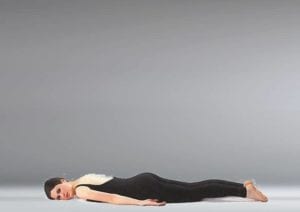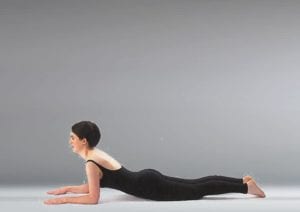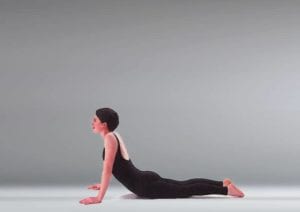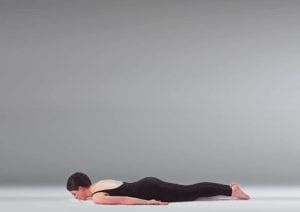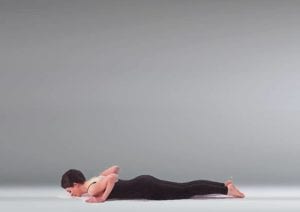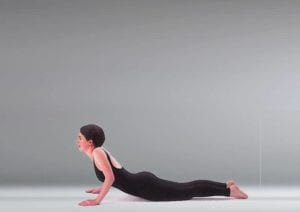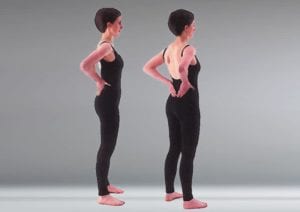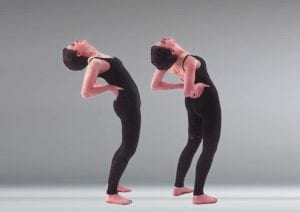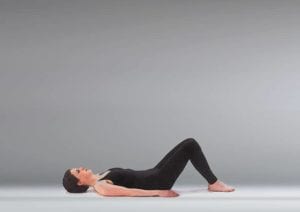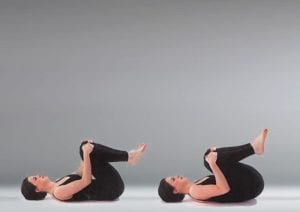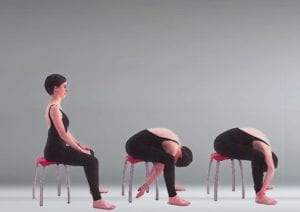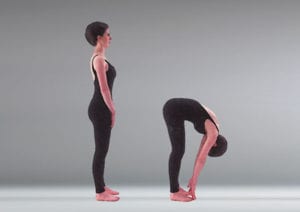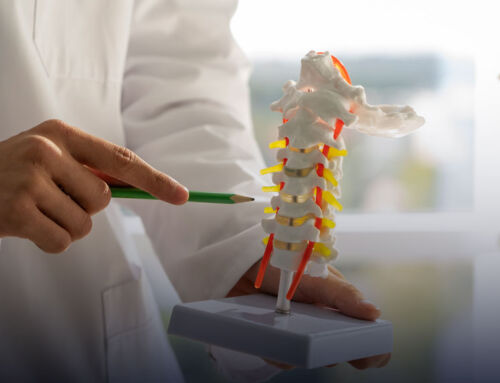What is The McKenzie Method for Back Pain Relief?
Every Day Home Exercise to Help Relieve Back Pain
Mechanical Back Pain Relief

There is no simple cure for back pain. Any reputable doctor will agree that the spine is such an important and complex component of our anatomy that there’s rarely one fix for the wide range of pains, injuries, and underlying conditions that bring patients to SpineOne.
Providing acute pain relief is one part of the treatment roadmap that leads to long term spine health. We have a variety of treatments available for many of the conditions our patients suffer. But relief from injury, accident, or chronic pain is just the beginning. Once debilitating pain is treated, we offer education and physical therapy to correct underlying muscle imbalances and postural abnormalities that may have contributed to the pain, and additional steps to restore and maintain a healthy spine.
The McKenzie Method
The McKenzie therapies taught by SpineOne were developed by a Physical Therapist named Robin McKenzie, who noted that extending the spine could provide significant pain relief to certain patients. He developed a series of maneuvers and exercises to help patients take a more active role in their continued health.
The long-term goal of the McKenzie Method is to teach patients suffering from neck pain and/or back pain how to treat themselves and manage pain throughout their lives using exercise and other strategies. Other goals include:
- Reduce pain quickly
- Return to normal functioning in daily activities
- Minimize the risk of recurring pain (avoid painful postures and movements)
- Minimize the number of return visits to the spine specialist
McKenzie’s exercises for back pain are a series of progressive positions. If your back pain is especially acute, you may not be able to work through all stages straight away. In this case work through as many stages as you can and only progress further as your pain subsides. The stages of McKenzie’s exercises are prone lying, prone lying while resting on elbows, prone push-ups, progressive extension using pillows and standing extension. Numerous variations of the McKenzie sequence exist which add or remove stages according to interpretation of the original sequence.
Meet Our Physical Therapist
Josh Elmquist, PT, DPT, CIDN

Josh Elmquist attended Eastern Washington University for his Bachelors of Exercise Science before going on to graduate from A.T. Still University with his Doctorate in Physical Therapy. Josh has focused most of his career on orthopedic and spinal injuries.
The Basics of The McKenzie Method
The following diagrams provide examples of some basic McKenzie exercises that can be done to help allay and prevent pain symptoms. This general information is not intended to diagnose any medical condition or to replace your healthcare professional. SpineOne’s Therapists and McKenzie Specialists are available to help you design an appropriate exercise routine.
Will the McKenzie Maneuvers Help My Back Pain?
McKenzie’s exercises are designed to reposition any displaced intervertebral discs and strengthen the surrounding muscles and structures to prevent re-injury. While many of the movements and ongoing therapy can be done at home, it’s important that you start with a foundation set by a physician to help ensure good habits and a healthy outcome.
The McKenzie therapies are one step of the treatment continuum offered by our physicians and physical therapists. This system works in concert with other treatments and techniques to help keep your spine as healthy as possible and prevent future injury. The entire range of diagnostic and therapeutic routines offered by the McKenzie Method can be taught and facilitated by the specialists and resources available in our clinic. If you’d like to learn more about how these stretches and exercises can help you maintain a pain-free life, come in and see us!
